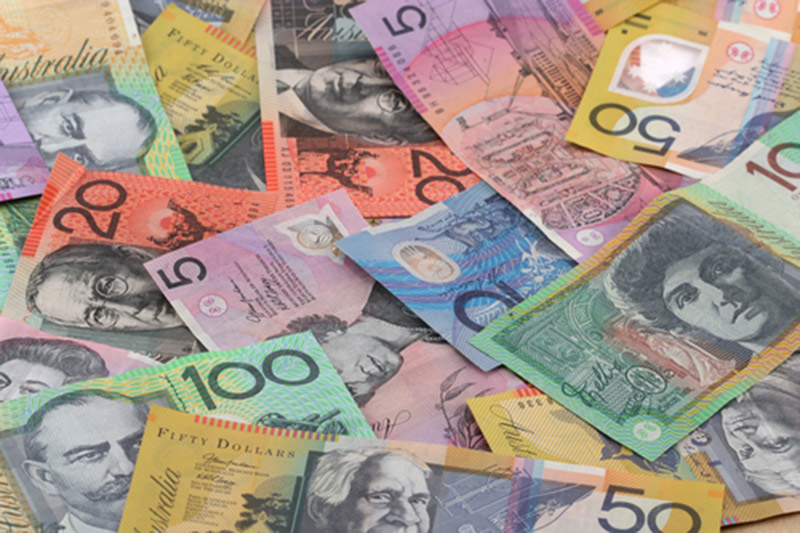Investing.com - The Aussie was stronger in early Asia Tuesday ahead of a busy data day in the region kicked off by Tokyo.
In Japan, current account data for July is due and seen at a surplus of ¥1.715 trillion and then second quarter GDP, expected down 0.4% quarter-on-quarter.
In Australia comes the August NAB business confidence index and then in China, the trade balance for August seen at $42.20 billion.
AUD/USD traded at 0.6934, up 0.14%, while USD/JPY changed hands at 119.26, down 0.02%.
The U.S. dollar index, which measures the greenback’s strength against a trade-weighted basket of six major currencies, was down 0.12% at 96.14.
Ovenight, the dollar was little changed against against the other major currencies on Monday, as trading was expected to remain quite with U.S. markets closed for the Labor Day holiday and investors remained focus on the Federal Reserve's upcoming policy meeting.
The Labor Department reported on Friday that the U.S. economy added 173,000 jobs last month, slowing after an upwardly revised gain of 245,000 in July. It was the smallest increase in employment in five months and was below expectations for 220,000.
The unemployment rate ticked down to 5.1%, its lowest level since April 2008 from 5.3% in July, while average hourly wages rose by a stronger-than-expected 2.2%.
The jobs report failed to provide much clarity on when the U.S. central bank will decide to raise short term interest rates.
The euro remained supported after the European Central Bank indicated last week that it could scale up its quantitative easing program amid increased risk to the region’s inflation outlook from slowing growth in China and falling oil prices.
ECB President Mario Draghi said the bank’s asset purchase program provided sufficient flexibility to adjust the size, composition and duration of the program.
The ECB launched its €60 billion per month quantitative easing program in March after the euro area briefly slid into deflation and it is due to run until September 2016.
